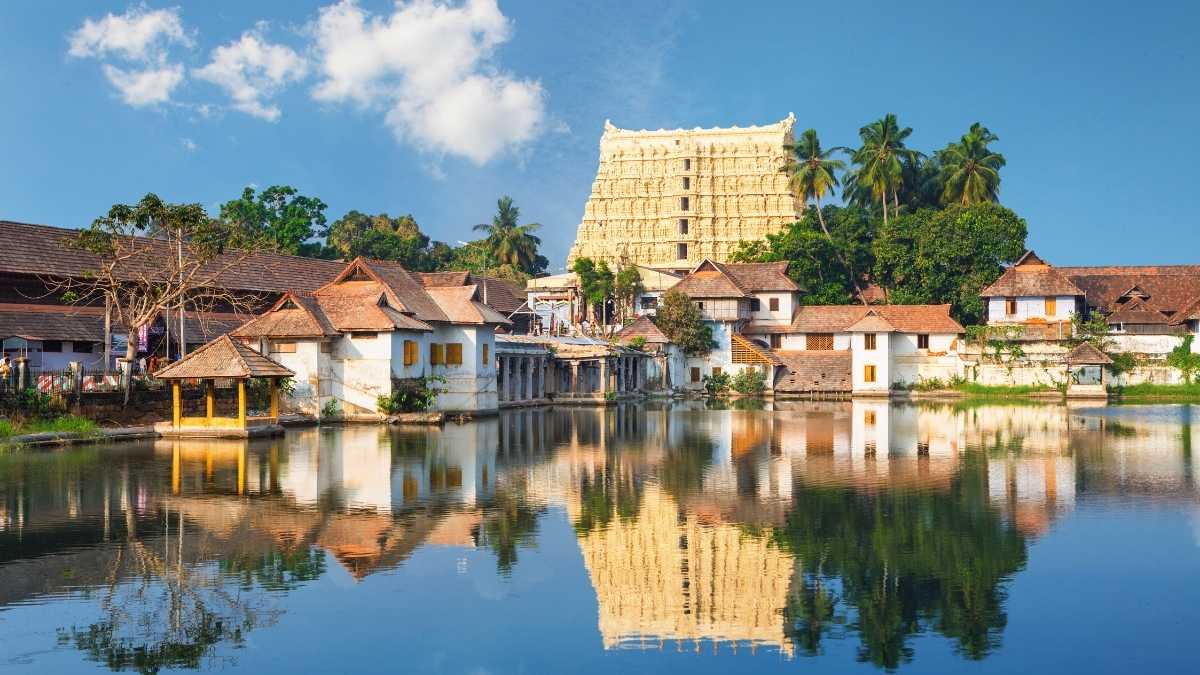American archaeologists from various institutions explored the Guatemalan rainforest to find a 2000-year-old Mayan city beneath it. According to the reports, the city is believed to have had about 1,000 settlements connected by 110 miles of causeways.
Mayan City Discovered By American Archeologists

The researchers exposed the ruins of a sizeable Mayan city, buried deep under the rainforest. Subsequently, the team reached these conclusions while monitoring northern Guatemala from the air.
The Mirador-Calakmul Karst Basin, near the Mexican border, is reportedly a huge 650-square-mile area. Approximately 1,000 colonies joined by 110 miles of causeways made up the city. The archaeologists evaluated it to have lived 2,000 years ago.
Thanks to the 110-mile unobstructed causeways that were vacated and operated as highways, it was fairly easy for the inhabitants of the civilisation to transit to nearby settlements.
Scientists from various American institutes and collaborators from Guatemala and France used LiDAR (light detection and ranging) to make this discovery. The researchers chose to use LiDAR, a detection approach based on laser light. After all, LiDAR can pierce rainforests and display what is beneath them.
Indication Of A State-Level Kingdom
Further information on the researchers’ discovery was released in a statement. They soon found evidence of pyramids and large platforms in certain communities, which they think helped them create centralised hubs for politics, work, and recreation.
According to the researchers, some of the colonies had ball courts, showing that people back then used them for many local sports.
Moreover, they mentioned that people in the civilisation constructed reservoirs and canals to store water during dry spells.
Conclusively, the scientists discovered ancient causeway networks, ballcourts, and reservoirs. It indicated that the region had undergone extensive labour and resource use, “amassed by a presumably centralised organisation and administration.” They suspect the establishment of what would have been a “state-level kingdom” in a location that would currently be deemed “inhospitable for demographic and architectural expansion.”
Cover Image Courtesy: Canva
First Published: January 19, 2023 1:36 PM



